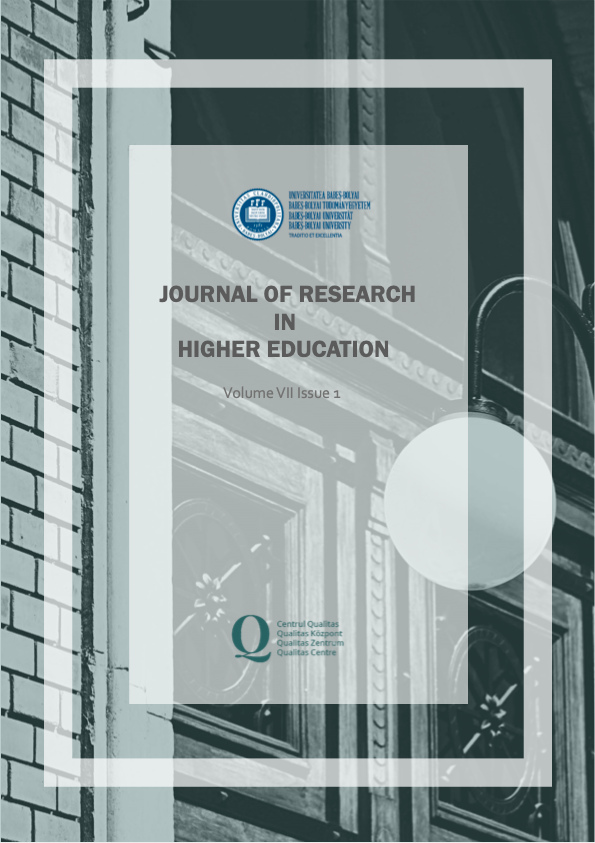Factors Influencing the Probability of Dropout in a Romanian Higher Education Institution, Incorporating the Impact of the COVID-19 Pandemic
Factors Influencing the Probability of Dropout in a Romanian Higher Education Institution, Incorporating the Impact of the COVID-19 Pandemic
Author(s): Júlia Szabó, Borbála NemesSubject(s): Education, Higher Education , Health and medicine and law
Published by: Universitatea Babeş-Bolyai
Keywords: university dropout; higher education; dropout risk factors;
Summary/Abstract: Dropout rate is an important indicator of the quality of higher education systems, especially in the case of mass education. When the Bologna reform in higher education was introduced, it was hoped that more people would graduate from short-cycle undergraduate courses, but the transition from a more traditional educational model to the Bologna system did not reduce the dropout rates. In Romania, a recent study carried out by UEFISCDI indicates that almost half of the students enrolled in undergraduate programmes in 2015 had not completed their studies by 2021, while Herțeliu et al. (2022) show that 43.8% of students drop out of university while being enrolled in the first year of a bachelor’s degree programme. The current study focuses on two surverys carried out at a Romanian higher education institution (Babeș-Bolyai University), with the aim of identifying individual, socio-demographic and institutional risk factors for university dropout, as well as factors that protect against it. Using factorial analysis, the study reveals that the factors associated with university dropout have a multi-causal character, and are related to both institutional, economic and external factors.
Journal: Journal of Research in Higher Education
- Issue Year: 7/2023
- Issue No: 1
- Page Range: 102-126
- Page Count: 25
- Language: English

